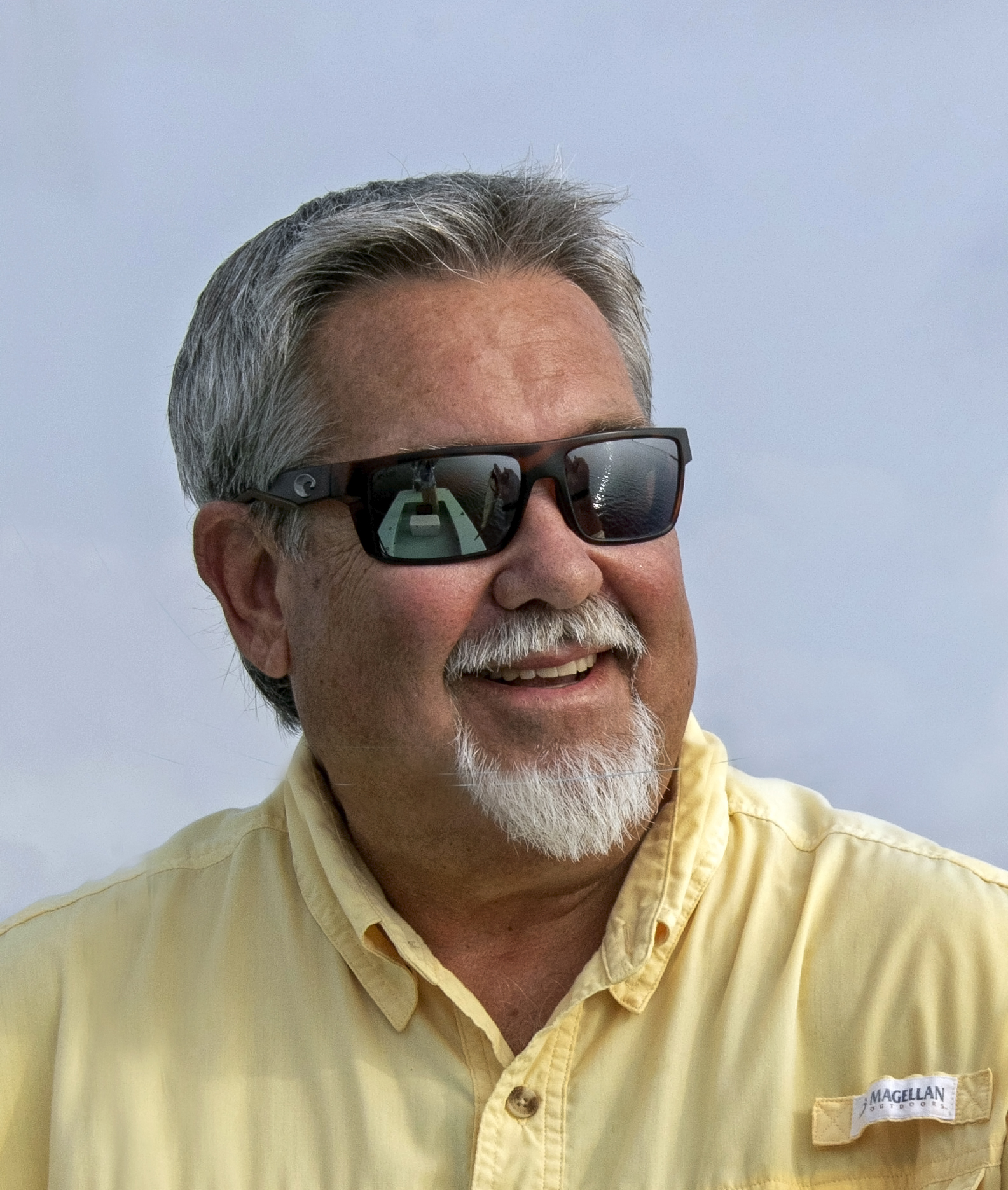| |
Folks have been placing leg-bands on birds since the 1500s, when the practice was mainly used by falconers to denote ownership.
The earliest record of a metal bird band occurred around 1595, when one of King Henry IV’s peregrine falcons was lost in France, according to the Hummer/Bird Banding Research Collaborative. The falcon showed up 24 hours later in Malta, about 1,350 miles away. That’s an average flight speed of at least 56 mph for a predator capable of a diving speeds of 242 mph, according to Worldatlas.com, which lists the peregrine as the world’s fastest bird.
The earliest records of bird banding in North America were logged by John James Audubon, the famous naturalist and painter. Audubon’s banding efforts in the early 1800s led to a somewhat universal system for banding birds in 1899.
Waterfowl wore many of the initial research bracelets. Pioneer bander Jack Miner banded 20,000 Canada geese from 1909 to 1939. Hunters returned many of the bands worn by these birds. Today, hunters get to keep the prized bands, but are encouraged to report the date and location to researchers. In turn, hunters learn the age and birth place their banded ducks and geese, along with the satisfaction of knowing they contributed to the science of conservancy of waterfowl.
By 1920, the Bureau of Biological Survey, which is today’s U.S. Geological Survey, began overseeing or coordinating all birding activity in North America and beyond. Today, all bird banders must be permitted by the USGS’s Bird Banding Laboratory, which allows them to capture birds for research.
Banding species that are listed as protected, threatened or endangered, such as the Red knot and Piping plover, requires an additional level of permitting through the U.S. Fish & Wildlife Service.
Shorebird banding in the western hemisphere is guided by the Pan-American Shorebird Protocol, which designates a specific color for bands in each country. Tags in the United States are green.
Today, bird banding provides information to decision makers and scientists on land management, hunting regulations, avian life cycles, health and causes of death, productivity, geographic population shifts, and relative abundances of thousands of bird species.
The Coastal Bend is a hub of avian research, mostly conducted by groups such as the Coastal Bend Bays & Estuaries Program, Audubon Texas, the Peregrine Fund, and various universities and institutions. As expected, much of the coinciding research involves shorebirds and colonial waterbirds, along with rare raptors, such as the aplomado falcon. |
|


